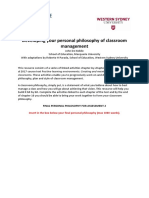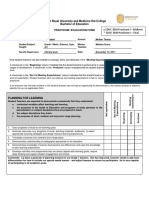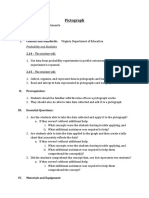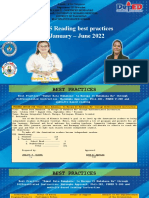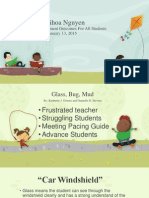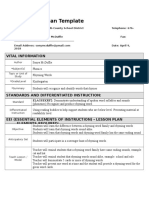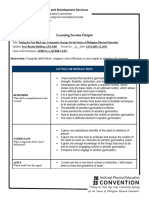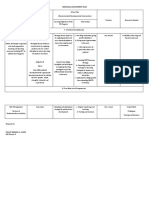0% found this document useful (0 votes)
22 views5 pagesCerteza - Eed
The document outlines strategies for addressing the diverse needs of pre-service teachers in a classroom setting, emphasizing differentiated instruction, technology integration, and effective assessment methods. It also discusses organizing a seminar-workshop for fellow educators within budget constraints, focusing on practical, innovative practices. Additionally, it covers various aspects of teaching, including teacher-student relationships, cultural sensitivity, ethical decision-making, and crisis management.
Uploaded by
yolliepop11Copyright
© © All Rights Reserved
We take content rights seriously. If you suspect this is your content, claim it here.
Available Formats
Download as PDF, TXT or read online on Scribd
0% found this document useful (0 votes)
22 views5 pagesCerteza - Eed
The document outlines strategies for addressing the diverse needs of pre-service teachers in a classroom setting, emphasizing differentiated instruction, technology integration, and effective assessment methods. It also discusses organizing a seminar-workshop for fellow educators within budget constraints, focusing on practical, innovative practices. Additionally, it covers various aspects of teaching, including teacher-student relationships, cultural sensitivity, ethical decision-making, and crisis management.
Uploaded by
yolliepop11Copyright
© © All Rights Reserved
We take content rights seriously. If you suspect this is your content, claim it here.
Available Formats
Download as PDF, TXT or read online on Scribd
/ 5





















